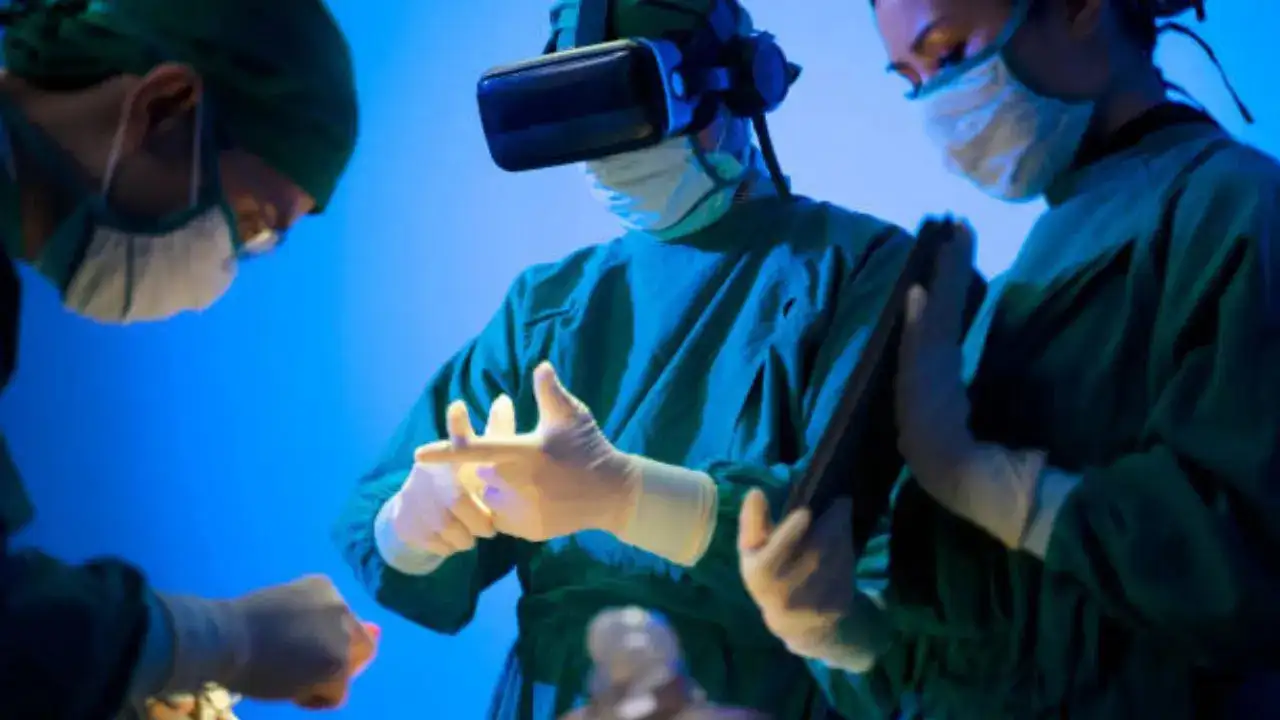
Simulation provides a risk-free and controlled environment where professionals can practice procedures, make mistakes, and learn from them
Would you trust a pilot flying an aircraft for the first time? Most of us wouldn’t. Just as we don’t learn to ride a bicycle without a few falls, mastering any complex skill involves trial and error. Yet in healthcare, there is often an unspoken expectation that students and young professionals should get everything right from the beginning. The truth is that mistakes are part of the learning process.
However, in medicine, even minor errors can have serious consequences. This is where simulation-based learning becomes essential. “It provides a risk-free and controlled environment where healthcare professionals can practice procedures, make mistakes, and learn from them without putting real patients at risk,” Dr. Sunil Tomar, Director at Maverick Simulation Solutions, told Times Now.
How does simulation-based learning help improve patient safety?
Trainees can repeat clinical scenarios until they build both confidence and competence, which leads to fewer medical errors and better patient outcomes. In the Indian context, where clinical exposure can be inconsistent and patient loads are high, simulation fills an important gap.
“It ensures safe, standardized, and repeatable training that ultimately strengthens patient safety and improves the quality of care,” Dr. Tomar added.
How does simulation-based training help healthcare professionals?
According to experts, simulation training supports clinicians across both urban and rural India in:
- Building clinical confidence
- Refining procedural skills
- Developing essential non-technical abilities like leadership, communication, and teamwork
It also offers standardized and equitable training that helps reduce the quality gap between institutions. This approach is especially valuable in high-pressure fields like anaesthesia, critical care, emergency medicine, and obstetrics, where it ensures healthcare professionals are better prepared and more composed during real-life emergencies. “By reinforcing protocols through repeated practice, simulation turns them into habits, resulting in measurable improvements such as better hand hygiene and lower infection rates,” said Dr. Tomar.
Simulation helps bridge the gap between theory and practical skills
According to experts, whether it is inserting a catheter, managing an emergency airway, or performing CPR, simulators provide space for repeated practice, guided feedback, and the development of muscle memory.
This environment supports focused, intentional learning, which is essential for mastery. It also encourages reflection, enabling trainees to understand what went wrong, adjust their methods, and steadily improve over time. “This approach has significantly improved not only individual performance but also system-level patient safety,” said Dr. Pooja Bihani, AIIMS Bhubaneswar, Course Director, Simulation FDP.
“Simulation has reshaped how we teach medicine. As a critical care physician and educator, I’ve seen students gain confidence and skills through hands-on, risk-free scenarios, be it CPR, intubation, or managing a crashing patient,” added Dr. Debapriya Sarkar Senior Consultant, Critical Care and Associate Professor, Department of Anaesthesiology, Santosh Medical College Hospital.
